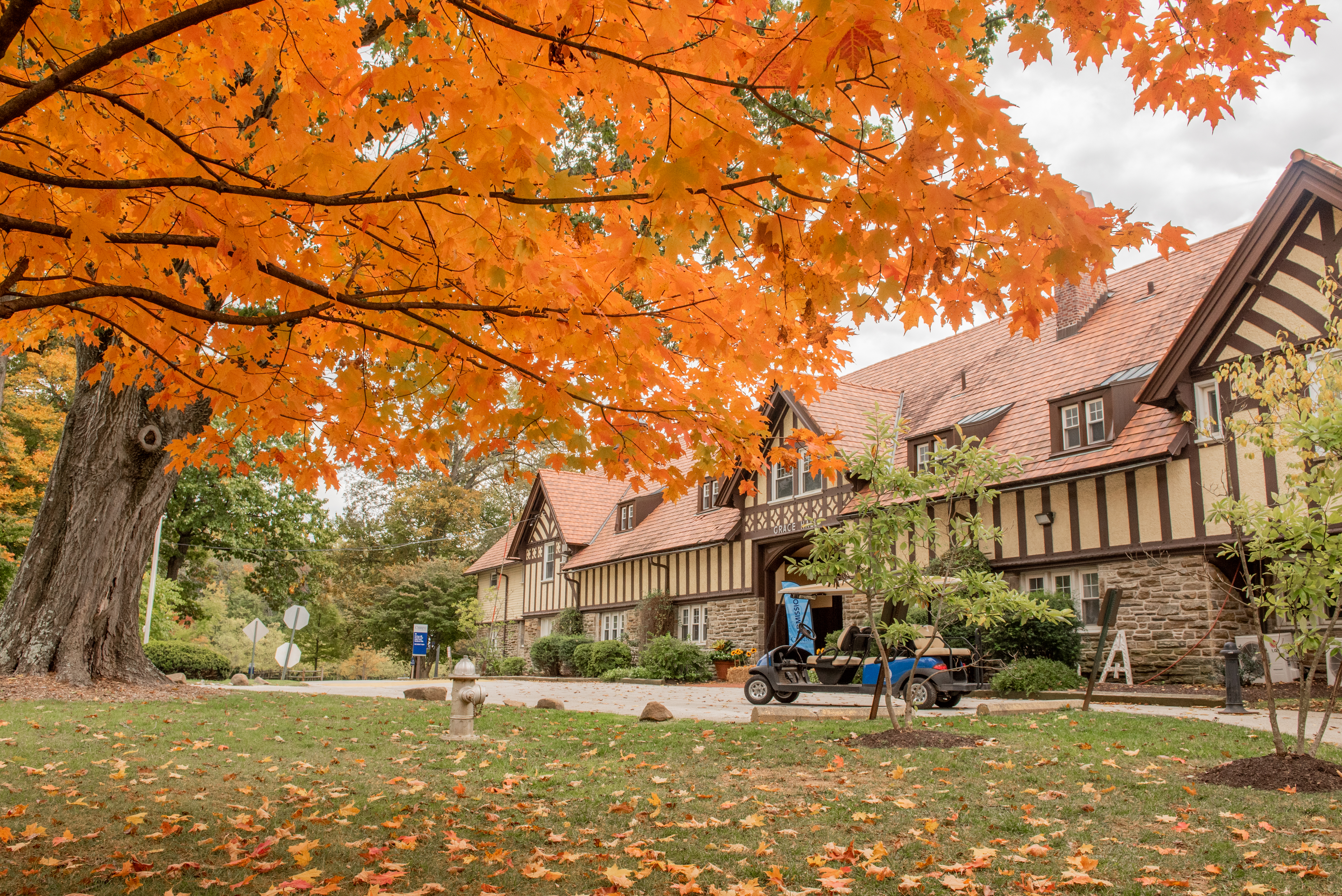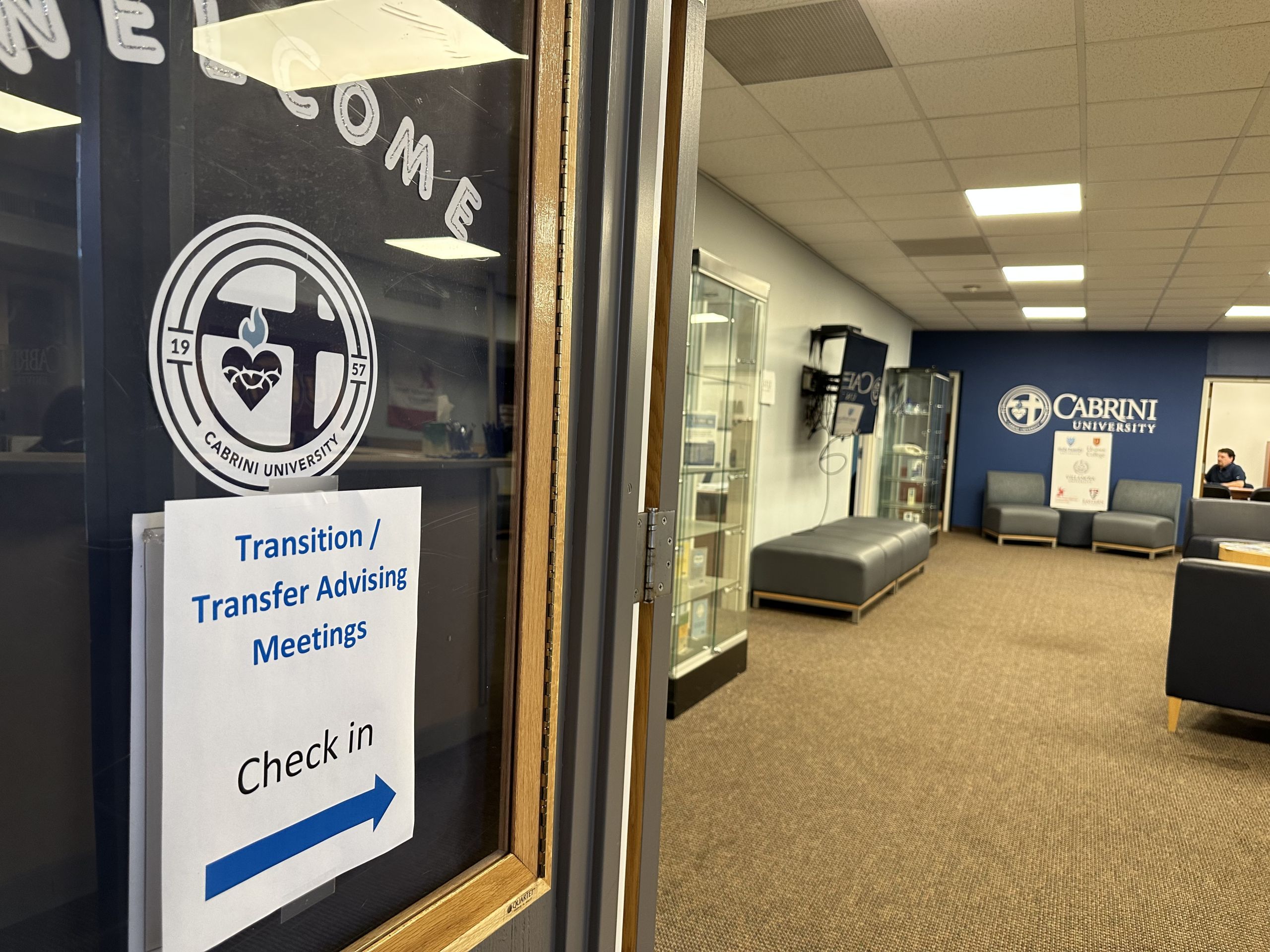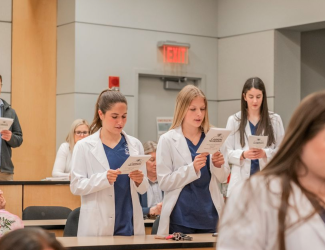On June 23, the day news dropped about Cabrini’s plans to close, students received an email explaining that the Center for Student Success (CSS) would work directly with them “to develop an individualized transfer plan to complete [their] degree with minimal disruption in [their] course of study and path to graduation.”
Throughout September, the first wave of students met with their CSS advisors. However, students’ reactions about that experience yielded mixed results.
Goals of the meetings

Some of the main themes students will hear in their meetings are the opportunities partner schools offer, the difference between transitioning and transferring, and important details to keep in mind when looking at non-partner schools.
Each advisor tries to ensure students’ questions about the transfer process are answered and to support them in finding their next home.
Dr. Kimberly Boyd, dean of Retention and Student Services, explained what she hopes students get out of these one-on-one sessions.
“We want students to explore every option that seems like the right fit for them,” Boyd said. “But we also want to help students identify what kinds of questions they should be asking at these other schools to make sure they’re getting the right fit.”
Boyd also stressed the importance of financial aid literacy, and understanding the meaning behind packages schools can offer.
“Packages sometimes are hard to navigate,” Boyd said. “Making sure you talk to financial aid and be certain that you’re not going to be on more loan debt and less scholarship debt becomes incredibly important.”
Some students may be seeing a new face in their session, but advisors for these meetings are current CSS staff members as well as members from the Department of Academic Affairs. All of these individuals are familiar with Cabrini and the values of the school.
“We didn’t want to bring in people that didn’t know Cabrini and didn’t know our students,” Boyd said.
Each advisor went through a summer training series to ensure they can assist students to the best of their ability. They’ve also had to adjust on the fly as they go through the first round of meetings and figure out what students need from their advisors.
“We learned a lot in the first week,” Boyd said. “We trained everybody with what we thought they needed to know. Our first week of students were our pilot people because while we felt we gave them lots of good information, they had lots of good questions. Now our advisors are continuing to get retrained with all of that information.”
How effective are these meetings?

One of those “pilot people,” freshman early education major Kayla Ledbetter, said the meeting didn’t quite meet her expectations.
“The meeting was short and simple,” Ledbetter said. “[The adviser] did ask me if I had any questions, but I personally didn’t think that I was given enough information that would require me to ask questions.”
Brianna Mack, a junior communication and music industry double major, had a different problem.
“After I told him I was a double major, [her advisor] kind of looked at me nervous and said none of our partner schools have both of my majors,” Mack said. “The main piece of advice was I had to pick a major and figure out which school I wanted to go to based on that major.”
Ledbetter said she was first asked if she was interested in any of the partner schools and given a flier with the dates that these schools would be visiting campus. From there her adviser gave her an information release form so schools could reach out to her for further information.
She didn’t feel as if this meeting was as individualized as advertised.
“I felt as though they were rushing the meeting and just wanted me to sign the paper,” Ledbetter said. “The meeting didn’t really make me feel all that better about the transfer process. Most of the information I was given I had already known.”
Mack offered advice for the advisers: “I think in the meeting they’re more focused on what your actual plan is, but I don’t know what I want to do after college,” Mack said. “I would want them to be more aware that not every student here knows what they’re going to do after college.”
Ledbetter hopes that they can continue to work toward helping students where their needs are.
“I feel like they shouldn’t generalize everything they say referring to all students,” Ledbetter said. “They need to take their time with their specific wants and needs in this extremely sad and stressful time.”
Boyd maintains that the CSS is determined to approach these meetings in a way that will allow students to thrive in their post-Cabrini careers.
“A lot of other schools that close, their method of doing this is to have three all-campus meetings and just share things,” Boyd said. “That’s not how Cabrini rolls. If we’re going to close, we’re going to close well, and we want to make sure our students have that next place. Our ultimate goal would be that 100 percent of students here end up at their next school to finish a program and find a good home.”
For those in need of further guidance with the transfer process, they can email success@cabrini.edu to get in touch with a CSS representative. The communication department is also hosting two-hour transfer drop in sessions on October 18 from 2-4 p.m. in Founders Hall 264 for interested students.






